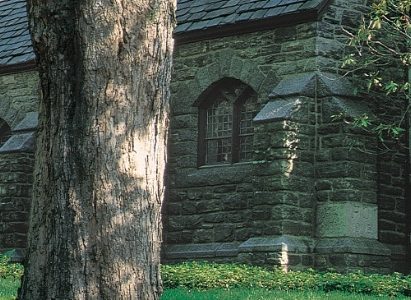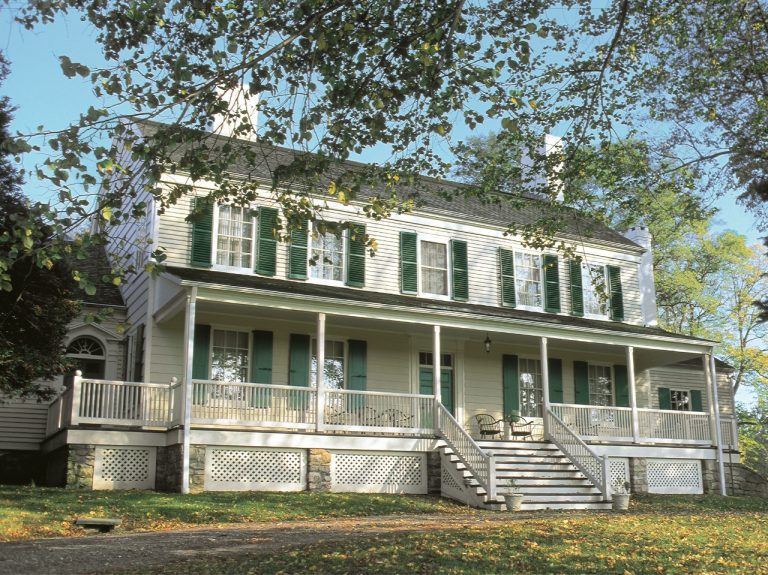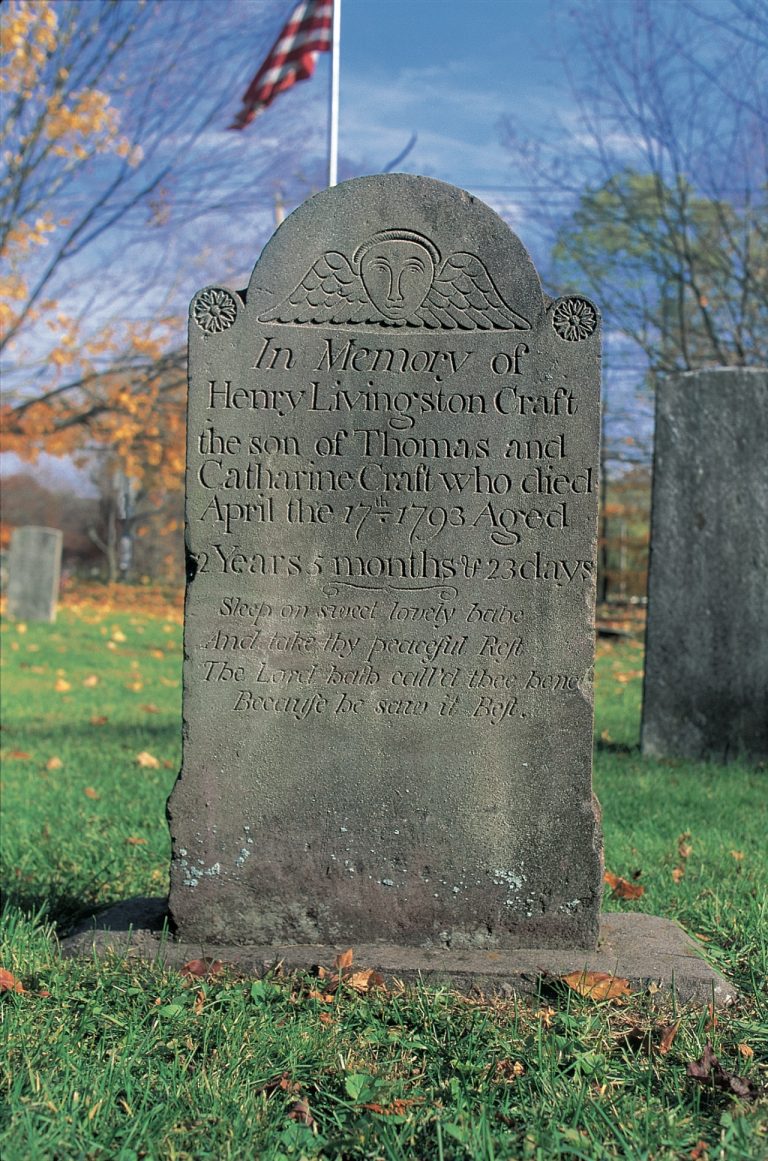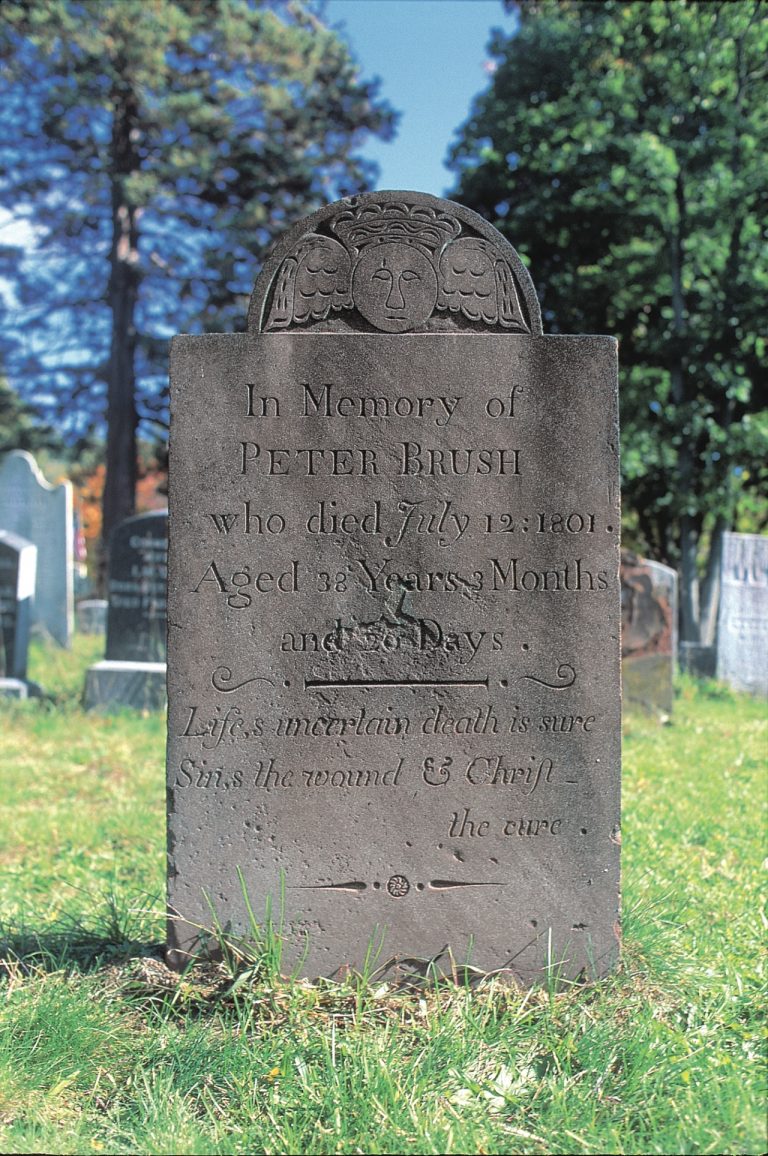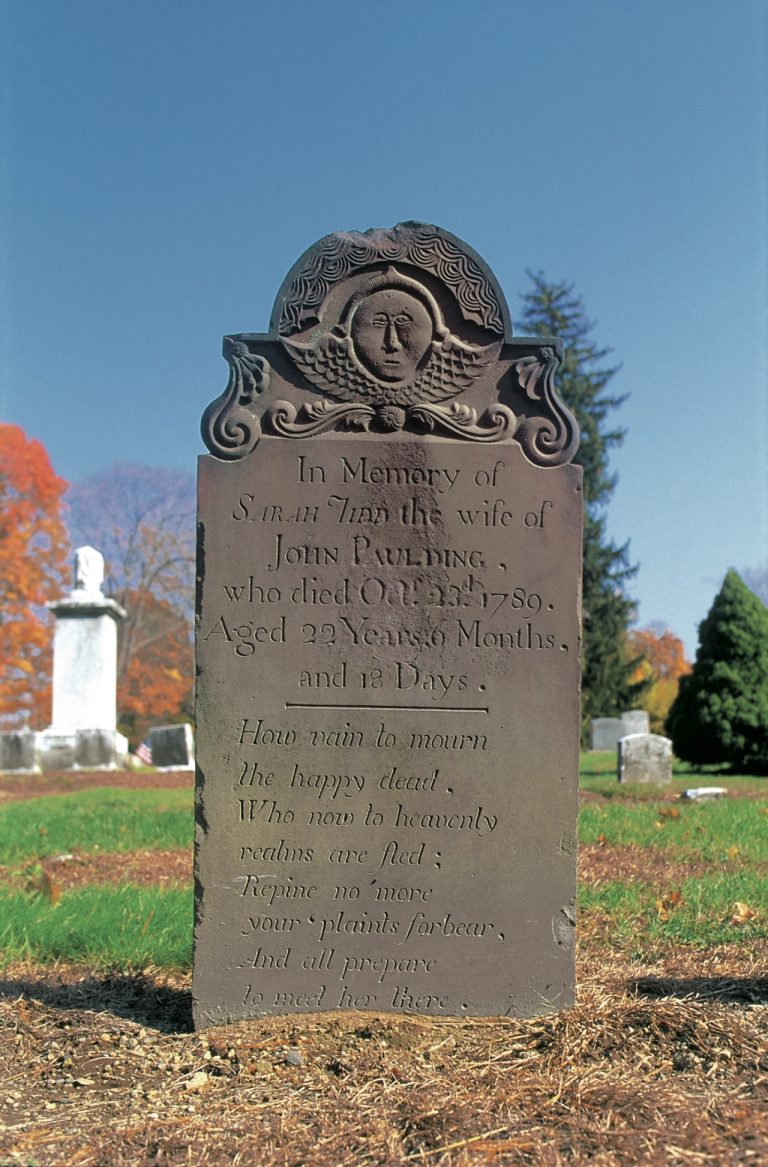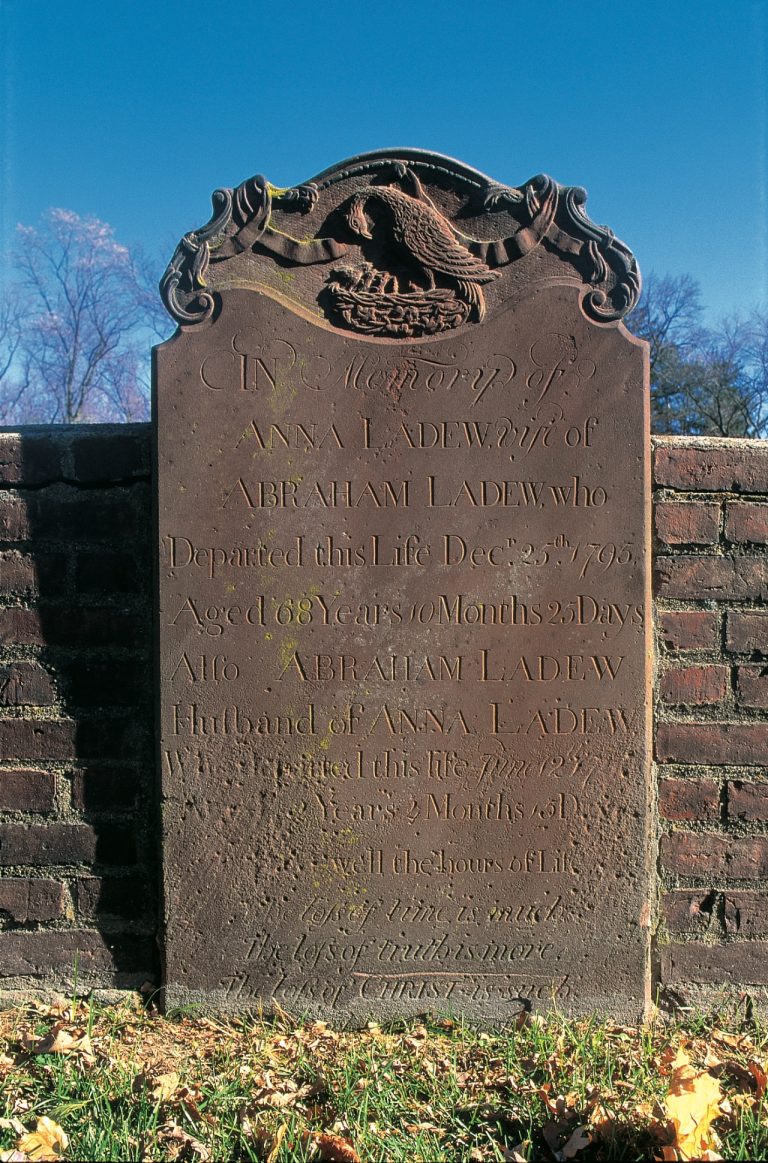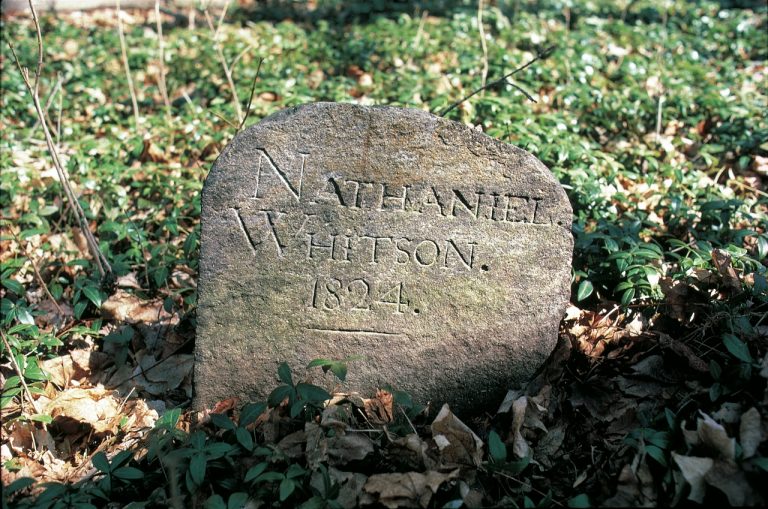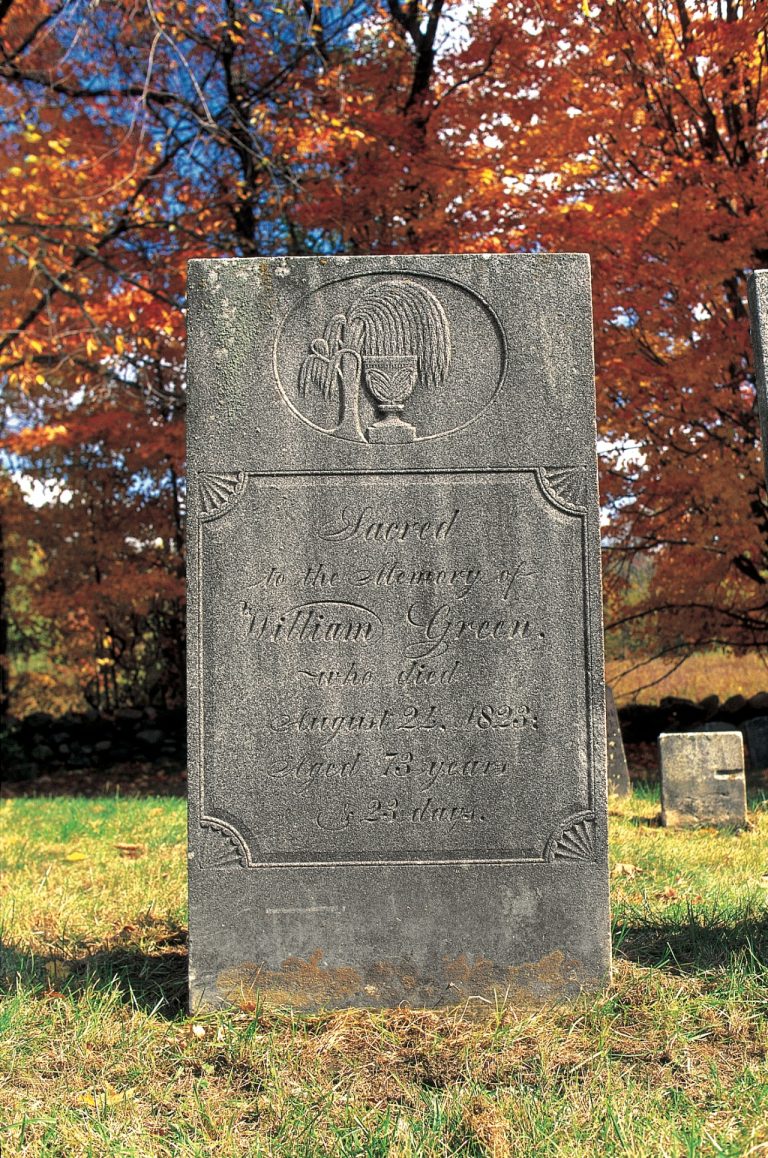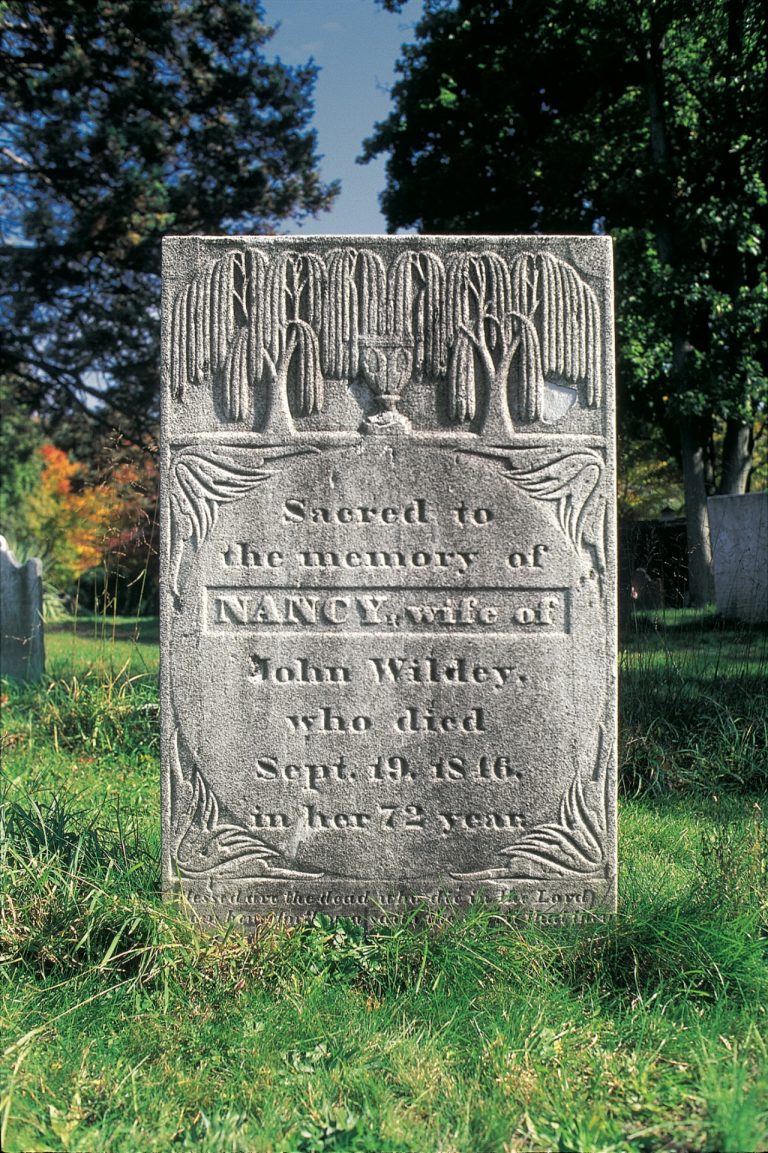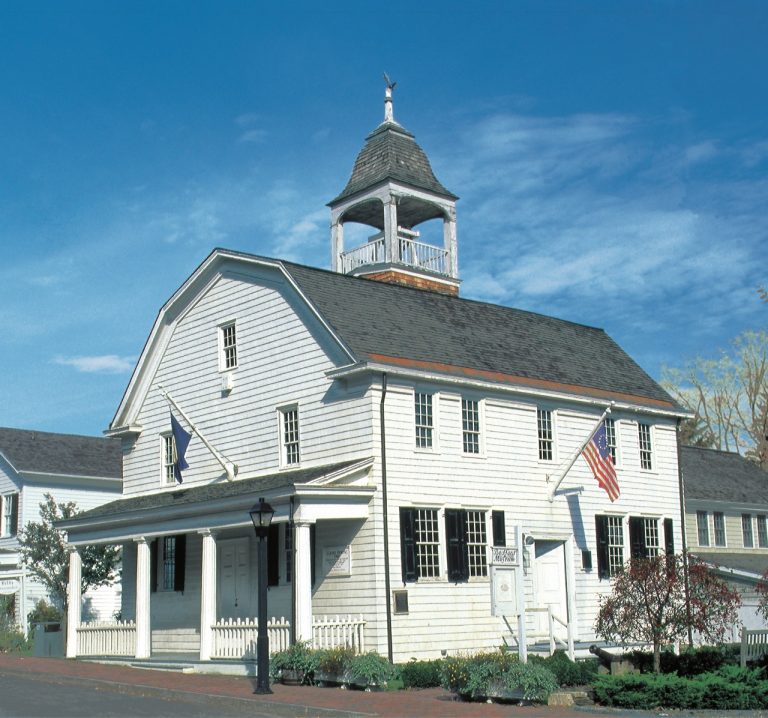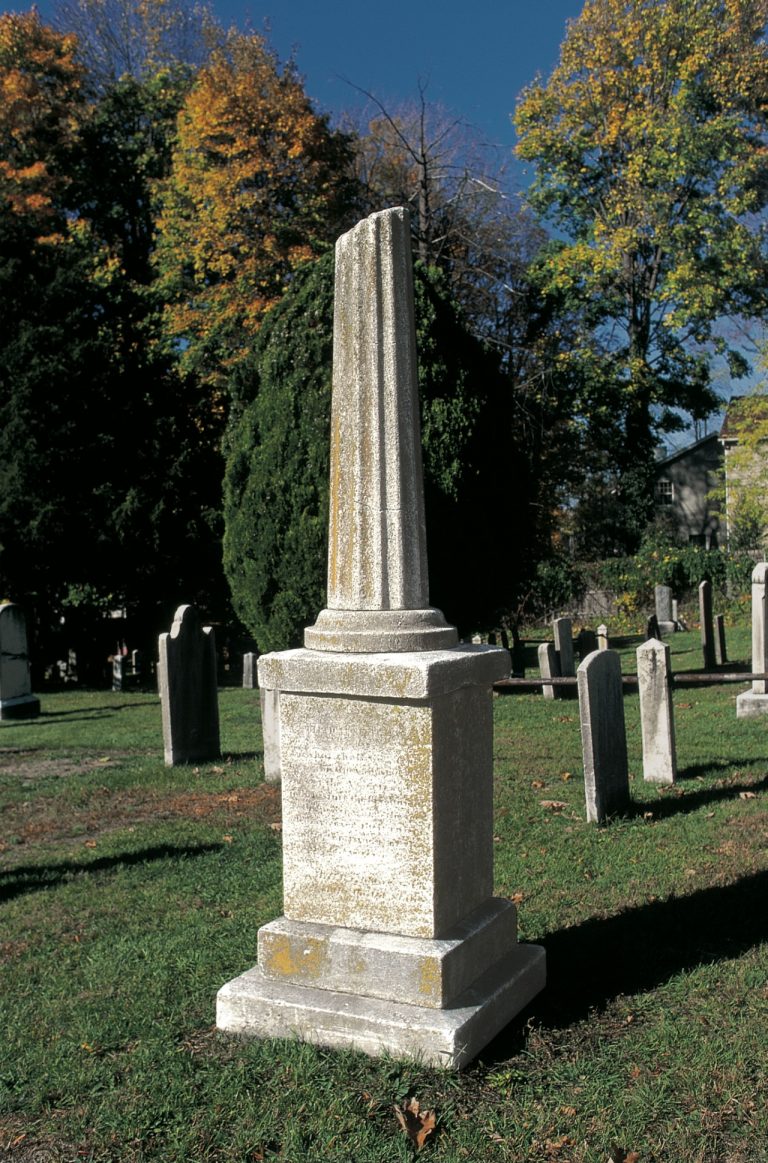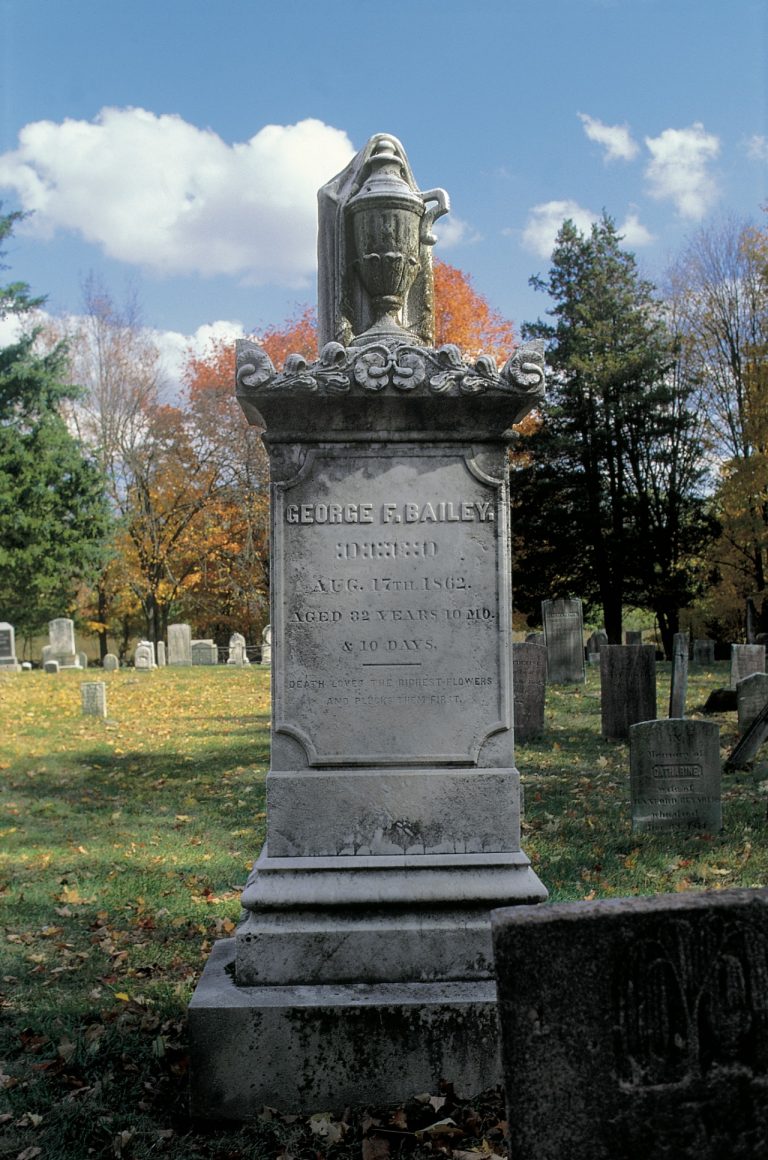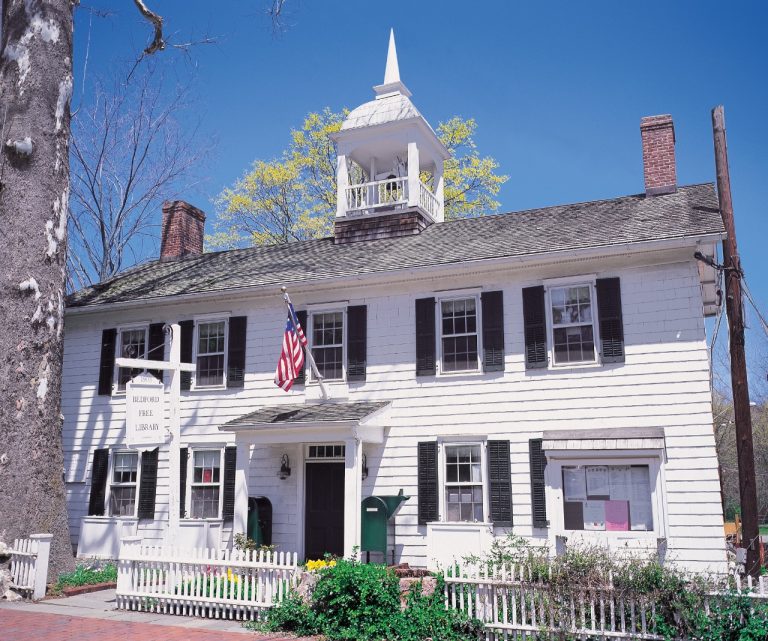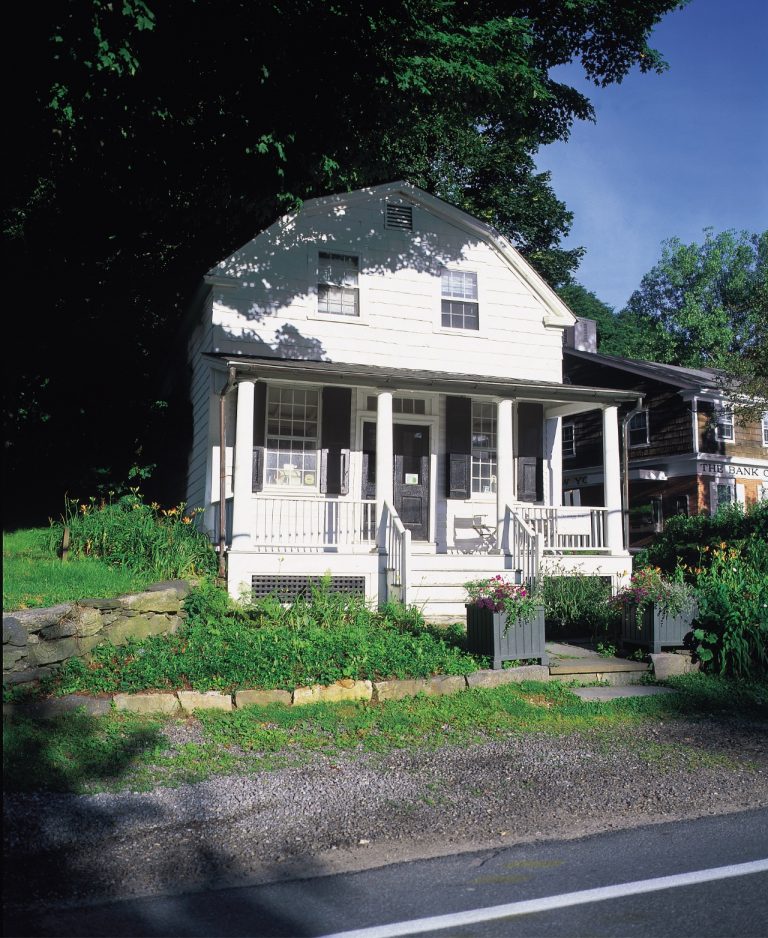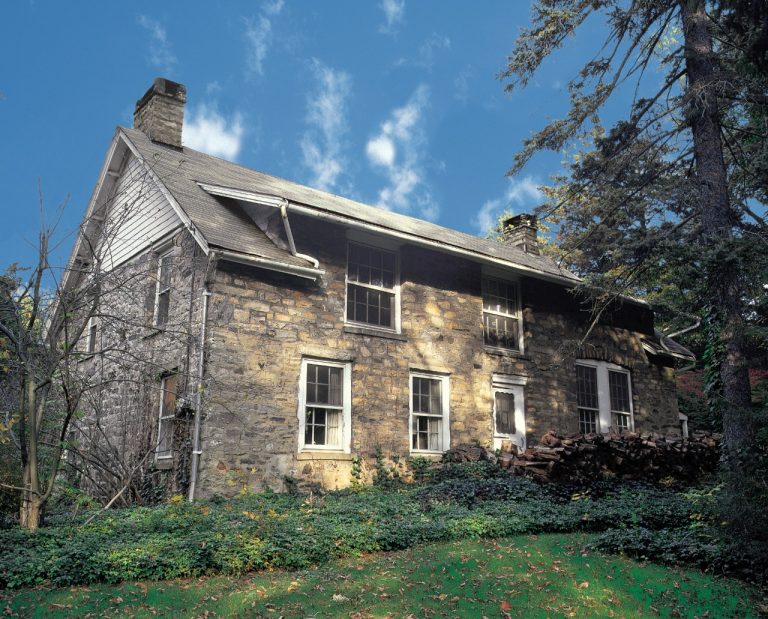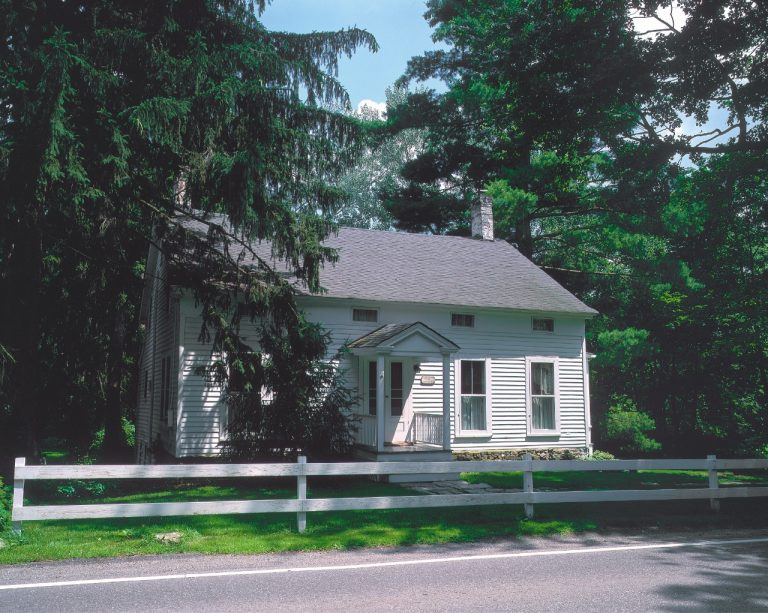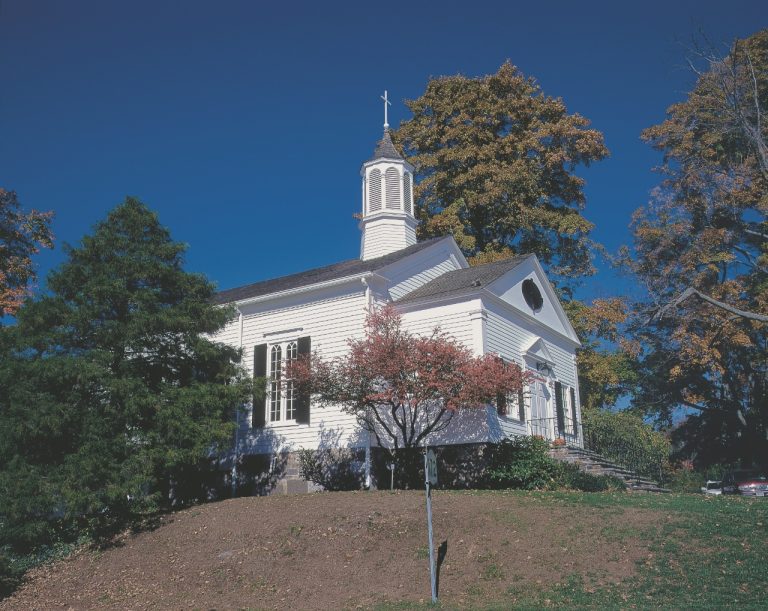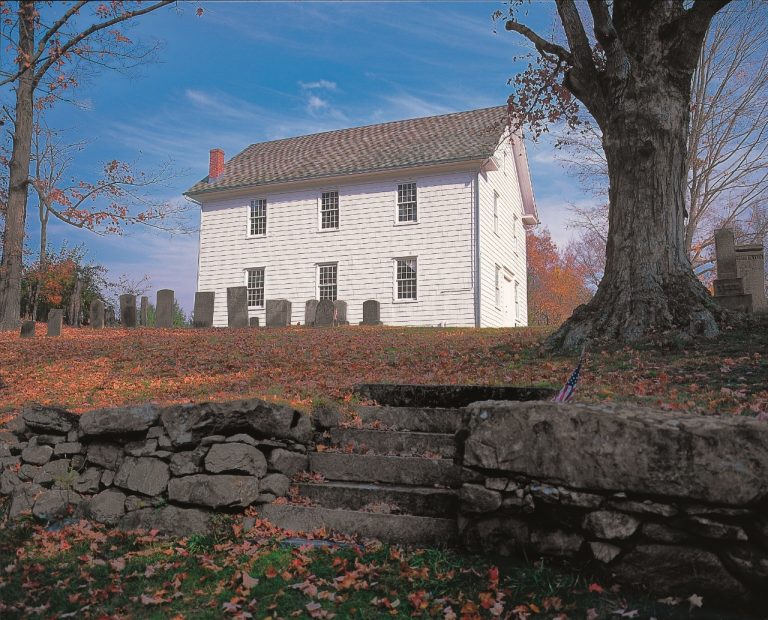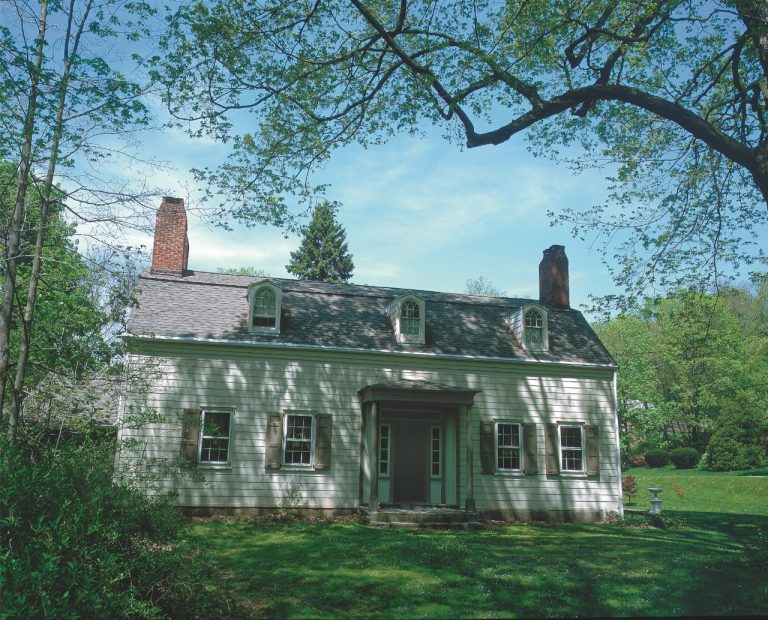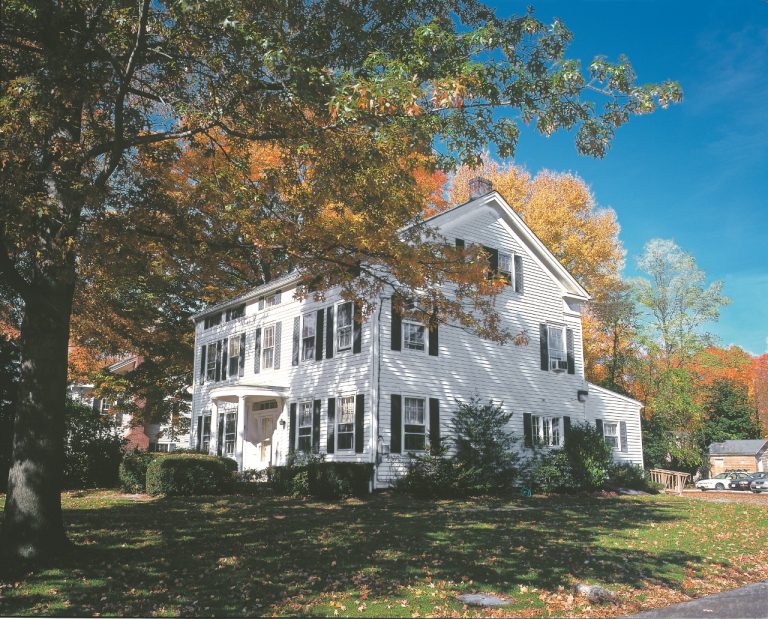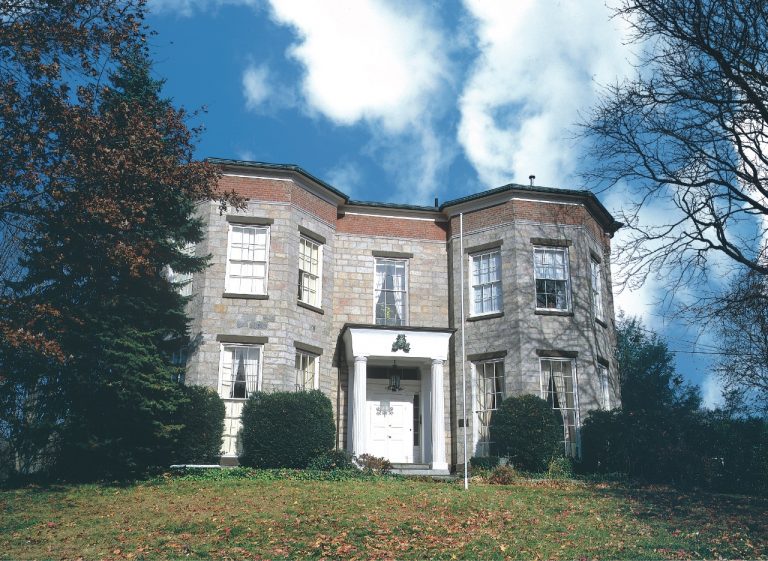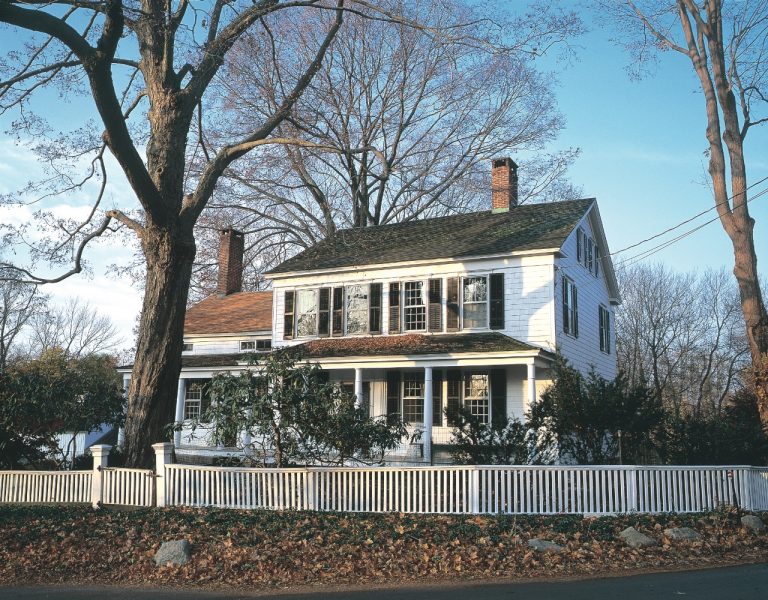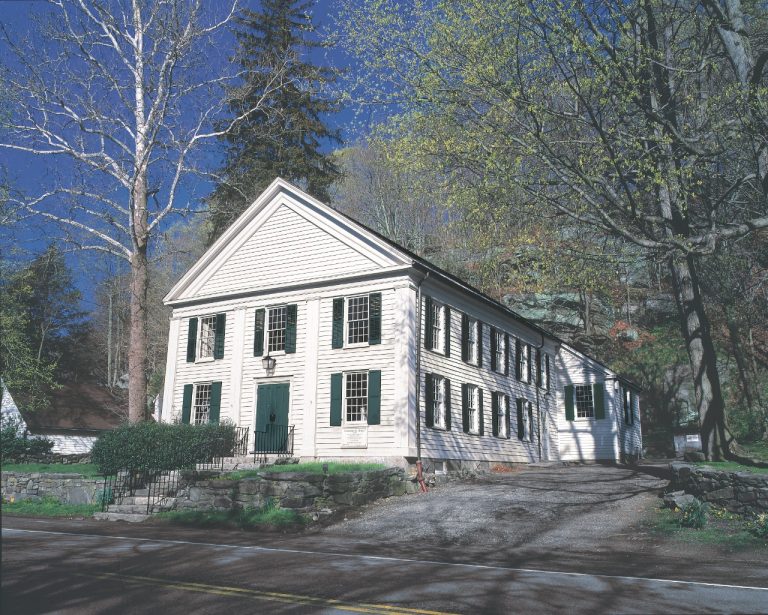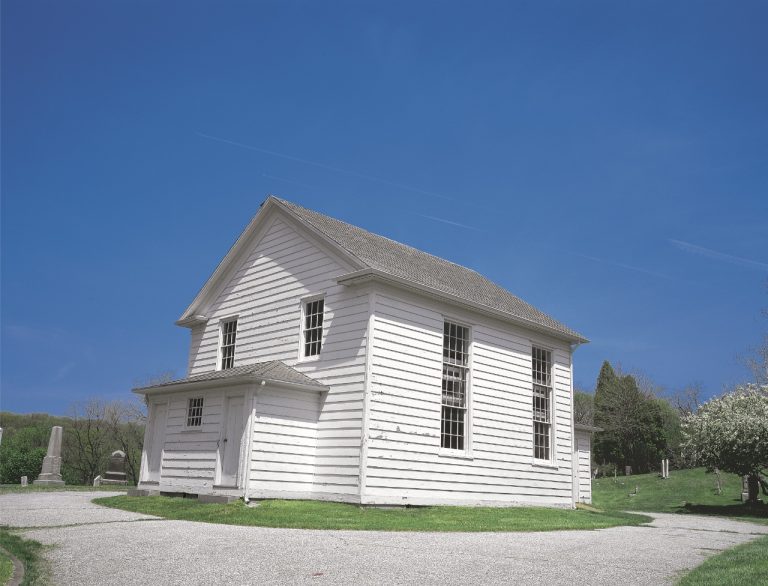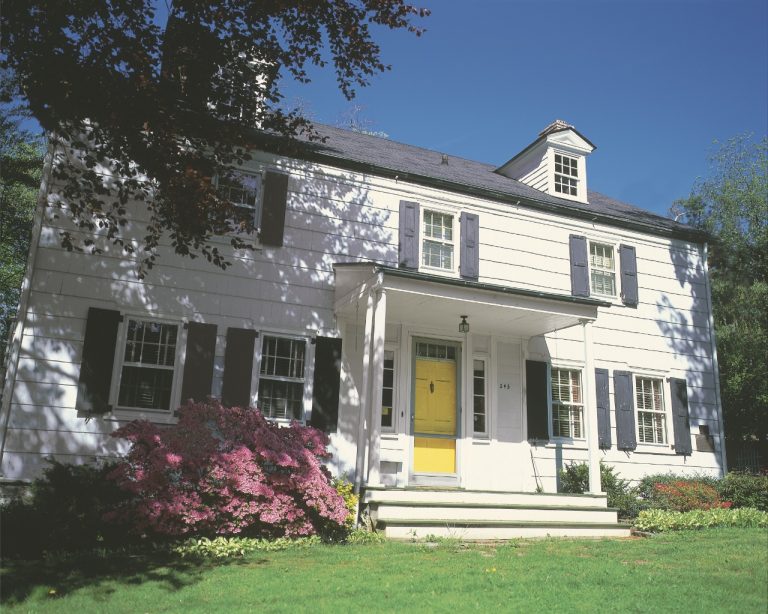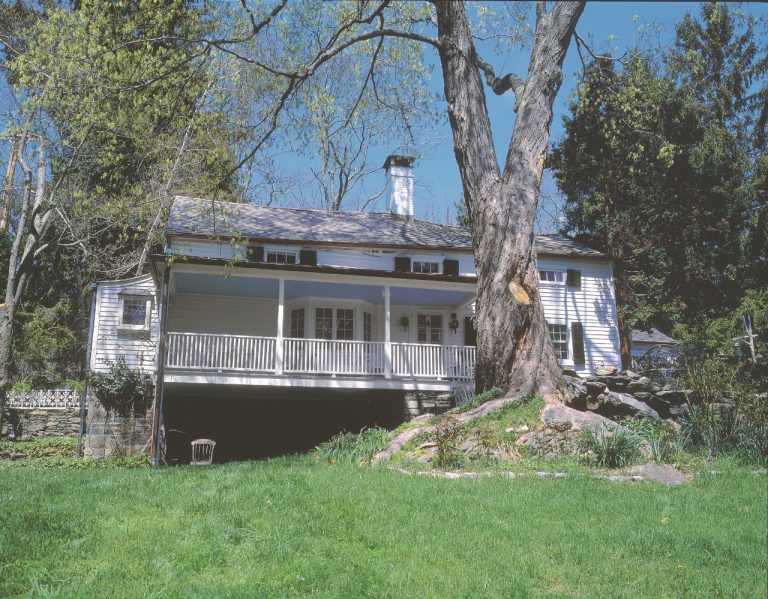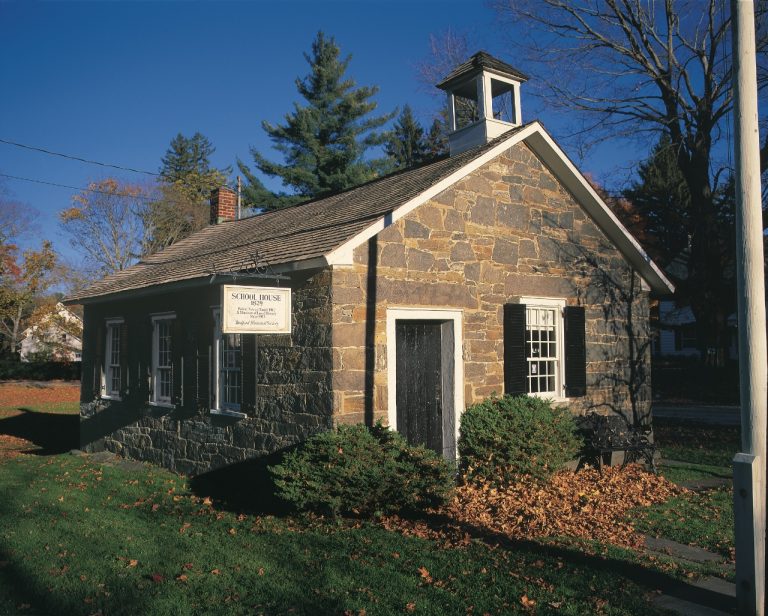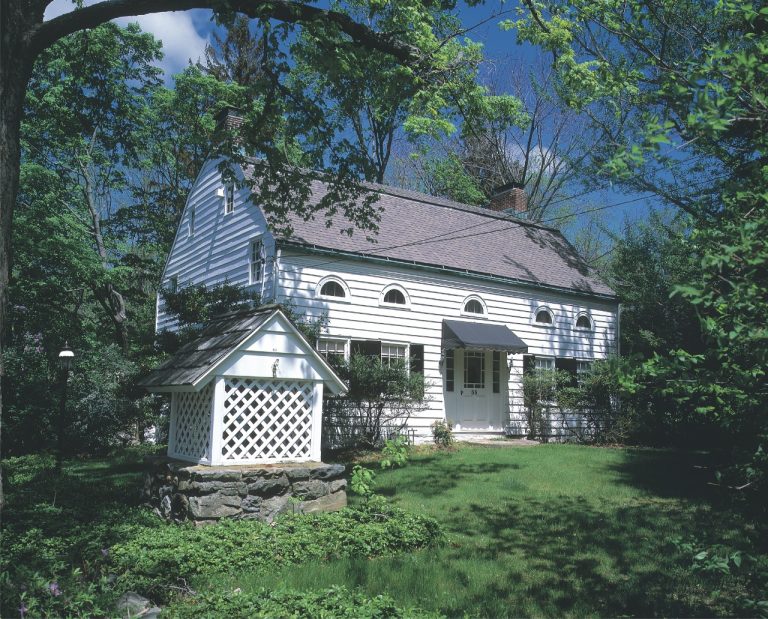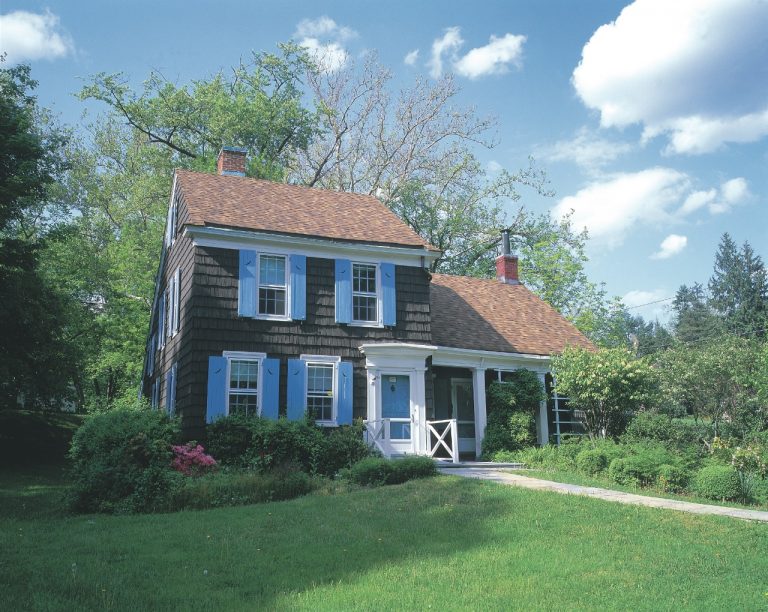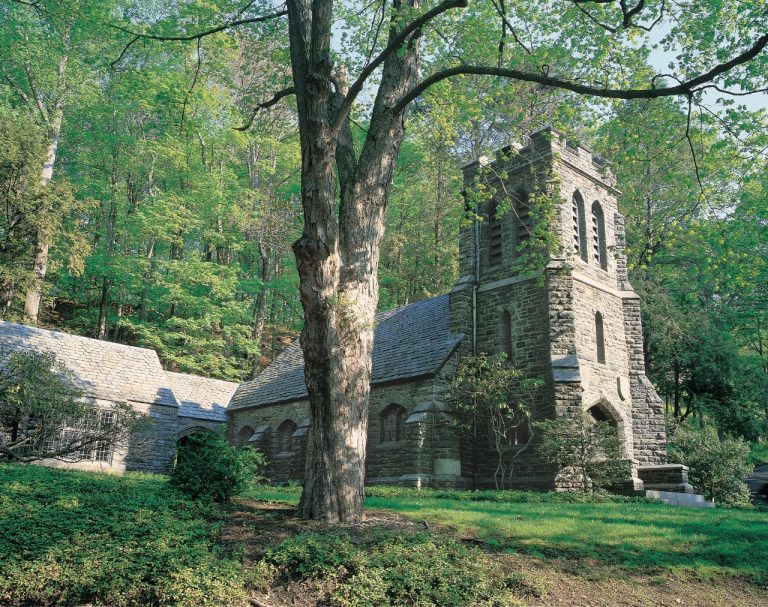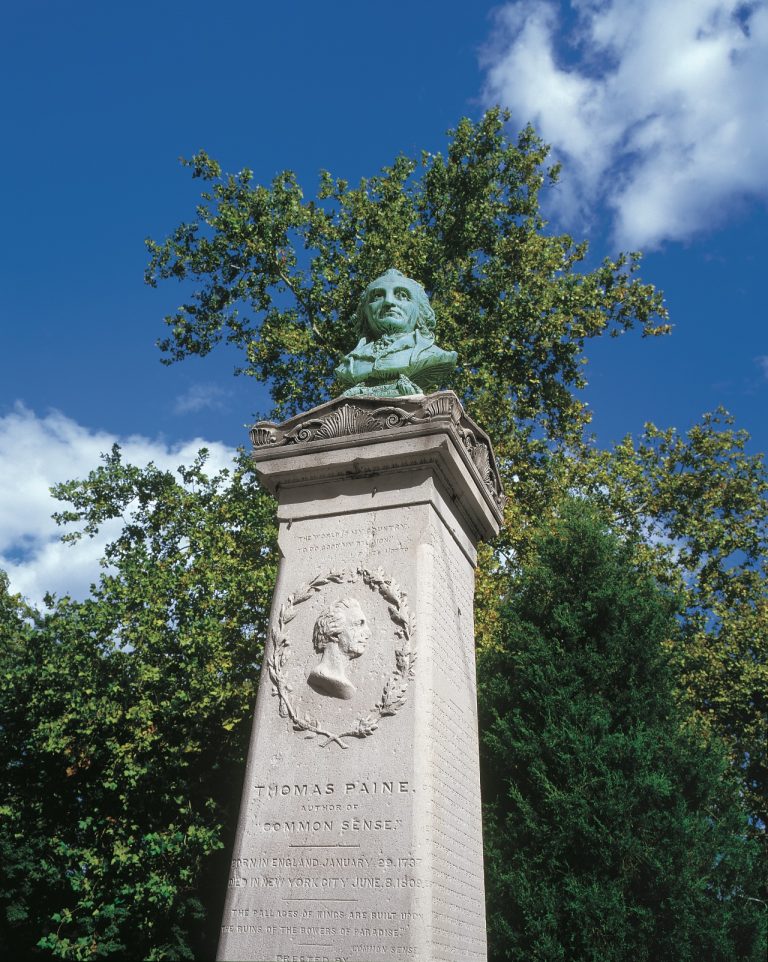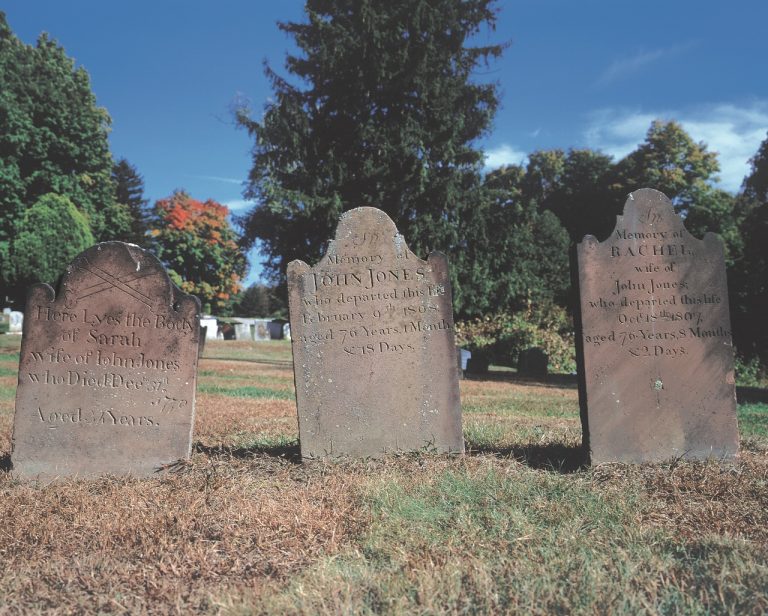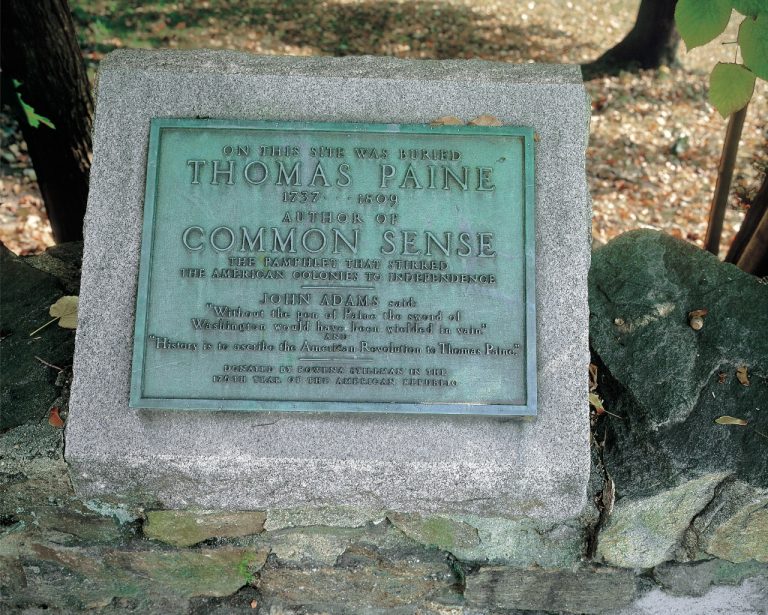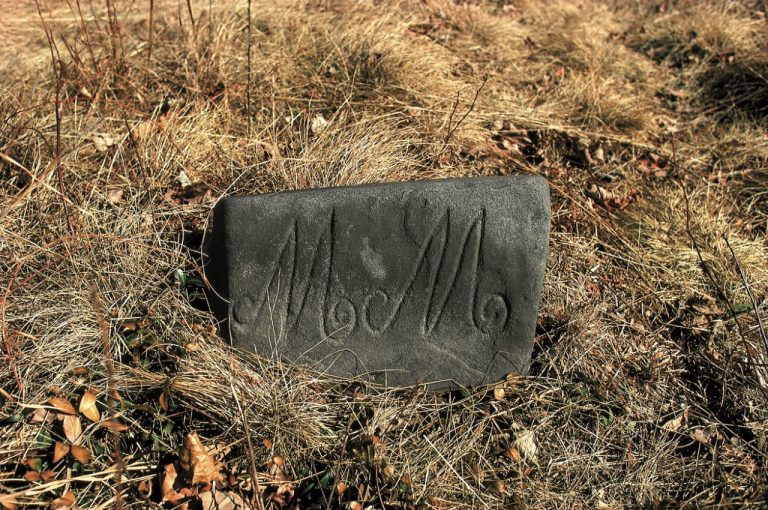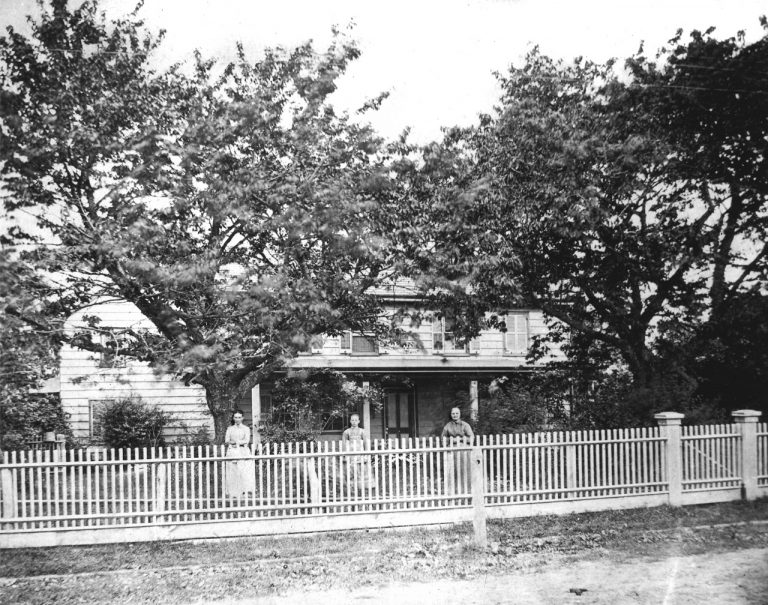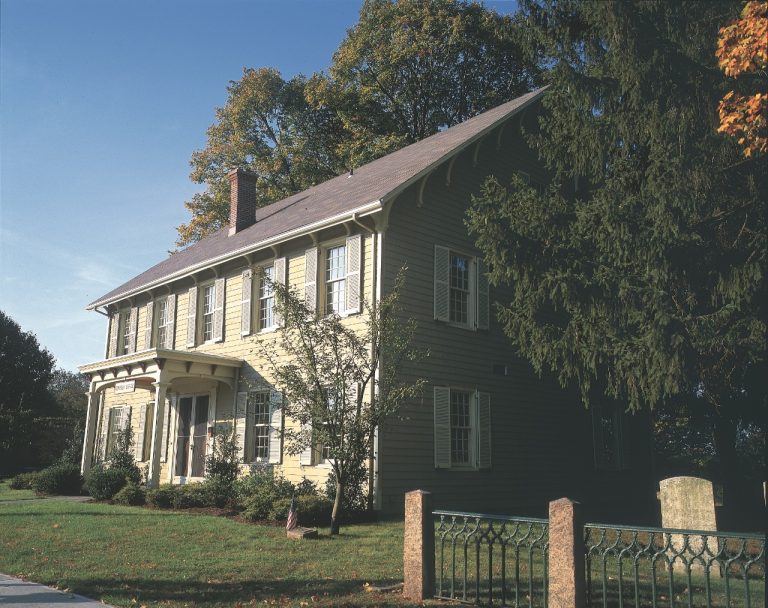After more than seven years of devastating war, Westchester made a surprisingly rapid recovery. County and town governments resumed normal operations. Buildings of every kind, from homes and stores to churches and courthouses, were repaired, replaced or started anew. Roads were improved and extended. Traffic on the major waterways-the Hudson River and Long Island Sound-increased enormously, especially after steamboats began to supplement traditional sailing ships. Read more…
The Federal Period, continued
The county remained essentially rural. More people lived in the north of the county than in the south, and most were farmers. Many benefited from the confiscation and sale of former Tory properties, particularly Philipsburg Manor. Former tenants often bought their own farms, and ownership motivated them to make extensive improvements, such as new houses or enlargements of old ones.
Buildings of the Federal period are not much different from those of Colonial times. Many buildings that are called Colonial are in fact really Federal in date and style. Federal buildings tend to be simple and symmetrical in overall form, with decoration drawn from classical sources, in part because Americans of the time felt themselves to be the spiritual heirs of Greek democracy and republican Rome. In homage to classical marble, the most popular color was white.
The Federal period, epeically after the end of the War of 1812, was generally characterized by optimism, idealism and national pride. George Washington was the nation’s preeminent hero, and after his death in 1799, he became elevated to a kind of national saint, embodying the virtues that Americans most admired: courage, integrity and selfles devotion to the common good.
Text from Picturing Our Past: National Register Sites in Westchester County, by Gray Williams.


